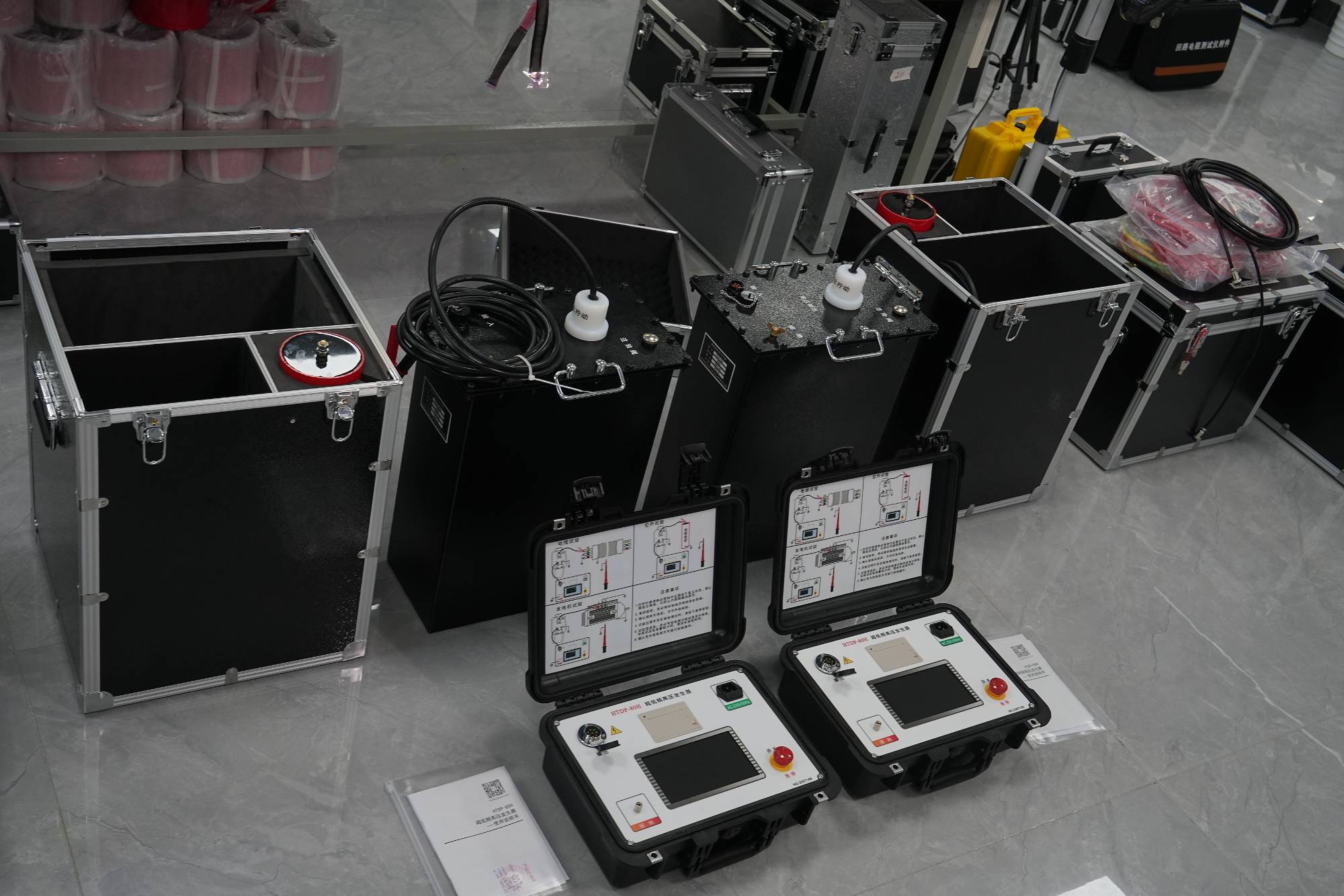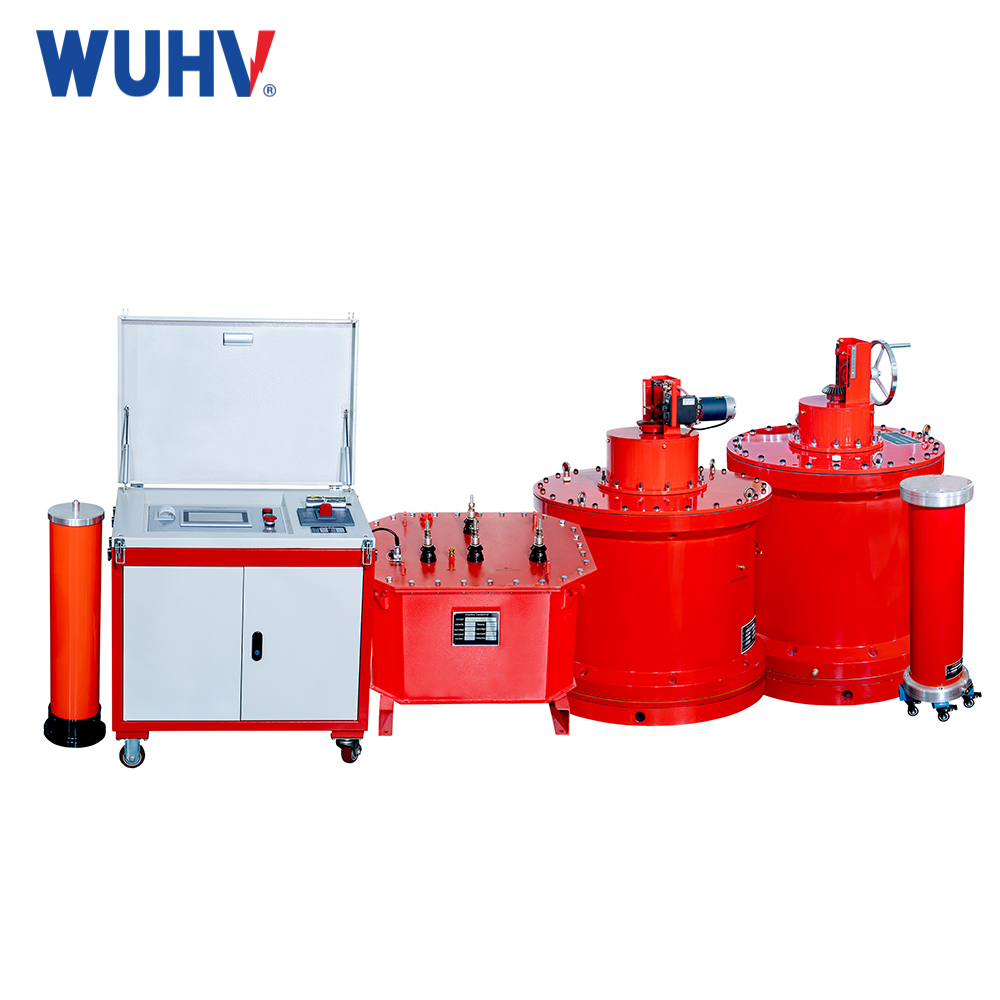그만큼VLF hipot tester under Wuhan UHV can help many power workers conduct various power tests more conveniently.
1、 Working principle
The basic working principle of 안에엘F hipot tester is to use the electromagnetic induction effect of high voltage transformer to convert low voltage alternating current into high voltage direct current. The workflow is as follows:
1. The low-voltage AC power supply enters the high-voltage transformer, and through the electromagnetic induction effect of the transformer, the voltage gradually increases from low to high.
2. Convert the AC power output by the transformer into stable DC power through circuits such as rectification and filtering.
3. Part of the high-voltage direct current is divided by a voltage divider and output, which can be used in experiments or manufacturing fields.
2、 Application Fields
1. Research laboratory
VLF hipot testers are commonly used in laboratory research in fields such as physics, chemistry, biology, and medicine. In these experiments, high-precision and stable electric fields or voltage sources are required to provide precise experimental conditions. For example, in biology, a cutting-edge research direction is to use high-voltage electric fields to achieve cell membrane rupture, fusion, or transformation, which requires high-precision and stable high-voltage power sources.
2. Medical institutions
The medical field is also one of the main application areas of VLF hipot testers. This device can be used in surgeries such as electrotherapy, electrocautery, and coagulation, as well as for producing radioactive drugs or conducting nuclear medicine examinations. For example, in tumor treatment, high-precision and stable electric fields or voltage sources are often required to better cut or ablate tumor tissue.
3. Industrial manufacturing
VLF hipot testers are also widely used in industrial fields such as electronics, electrical manufacturing, petroleum, and chemical engineering. For example, in some electronic products, a high-voltage direct current power supply is required to ensure the normal operation of the equipment. In fields such as petroleum and chemical engineering, high-precision output of such equipment is also required to ensure the reliability and safety of manufacturing processes.




















